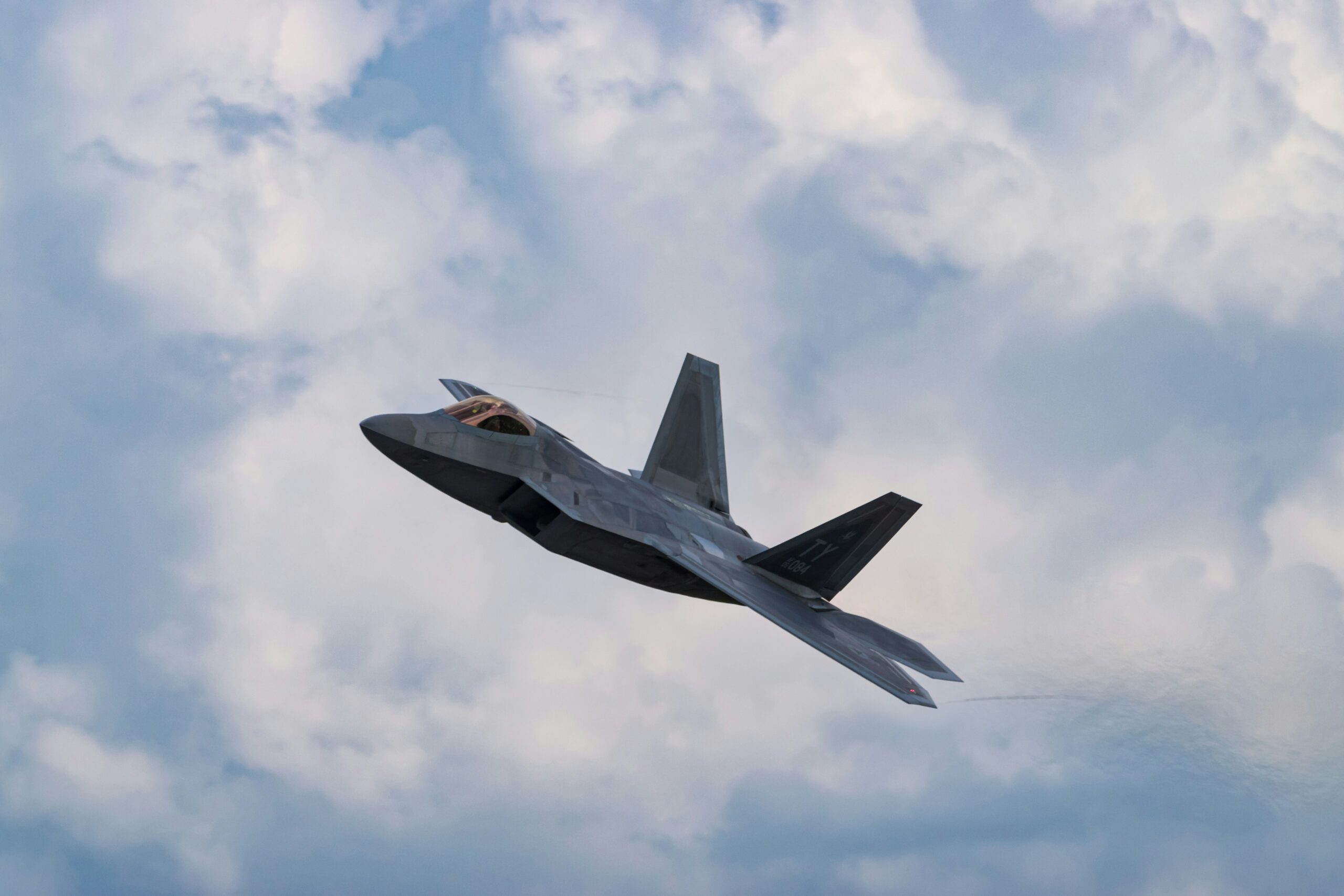The shocking crash of an Indian Tejas fighter jet at the Dubai Airshow has left spectators horrified and the aviation world asking tough questions about safety, responsibility, and accountability. What was meant to be a dazzling display of skill turned into a horrifying fireball that claimed the life of the pilot and left onlookers stunned.
The Crash That Stunned Dubai
The Tejas fighter was performing an aerial display on the final day of the Dubai Airshow when it nose-dived and slammed into the ground in flames. Witnesses describe seeing multiple fireballs as the aircraft hit the ground. Emergency teams rushed to the scene, but the pilot did not survive.

Video footage shows thick black smoke rising from the crash site, a grim reminder that even high-tech, modern fighter jets are not immune to failure when design flaws, maintenance issues, or human error combine.
History Repeats Itself
This was the second known crash of the single-engine 4.5-generation Tejas fighter. The first occurred in India in 2024 during a routine exercise. Yet, the lessons from the first accident seem not to have been fully addressed.
The Tejas is India’s first fully domestic fighter not based on foreign designs. It was intended to replace older aircraft like the MiG-21. But the rollout has been delayed repeatedly, largely due to supply chain problems with GE engines after the COVID-19 disruptions.
Delays, rushed deadlines, and pressure to showcase national pride may have created a situation where corners were cut, intentionally or not, and now people have paid the ultimate price.
Who Is Really to Blame?
Some blame the manufacturer, Hindustan Aeronautics Ltd, for pushing the jet into operational use without fully ironing out technical issues. Others point at GE, whose engines have had delays and may have contributed to the crash. And of course, there are the event organizers and the Indian Air Force itself—did they ensure the plane was fully tested and safe before the display?
The truth is, this is a system failure. No single person caused the death, but the chain of responsibility is long.
Airshow Safety Is Not a Joke
Major airshows are supposed to be safe. Accidents have become rare at global events like Dubai, Paris, and Farnborough thanks to strict regulations and preparation. That is why this crash is shocking. Spectators should feel awe, not terror.
The fact that a fighter jet exploded mid-show exposes gaps in preparation, oversight, or both. Spectators, investors, and foreign clients were all watching—and now they are asking if India’s aviation safety can be trusted.
The Price of National Pride
The Tejas was meant to show India’s aviation prowess and self-reliance. But pride cannot replace proper safety, training, and testing. The death of a pilot in front of the world is a costly reminder that national glory means nothing if human life is treated as expendable.
Countries across the world spend decades refining fighter jets, conducting exhaustive tests, and enforcing strict regulations. This accident should be a wake-up call for India, and for any country that prioritizes showmanship over safety.
The Indian Air Force has announced a court of inquiry to investigate the crash. GE has pledged support. But investigations take time, and they rarely change the fact that a life has been lost. Families mourn, the pilot is gone, and the international community watches.
Lessons must be learned fast. Engine reliability, maintenance protocols, pilot training, and emergency preparedness need urgent review. This cannot be treated as an isolated event.

















